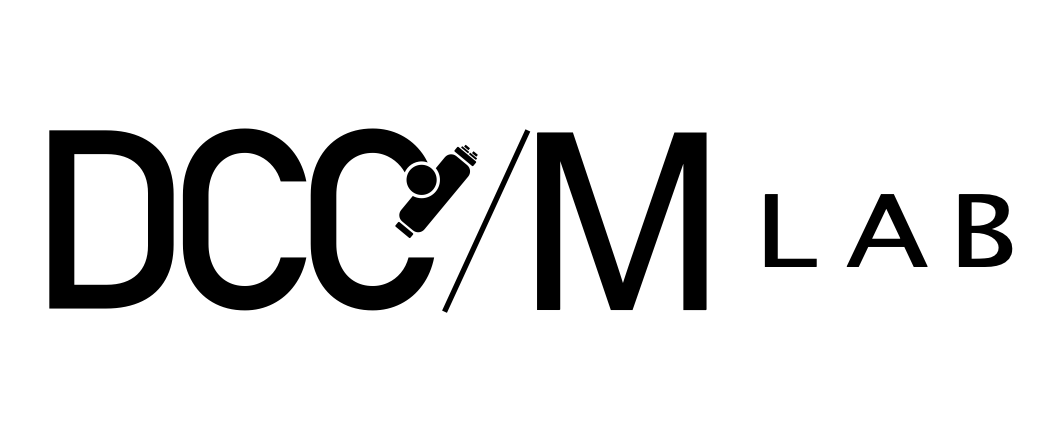
POSITION:
PhD Student – Physics, Université Laval
ACADEMIA:
M.Sc. – Physics, Université Laval, B.Eng. – Engineering Physics, Université Laval
ADVISORS:
Réal Vallée, Daniel Côté
RESEARCH INTERESTS:
Live animal imaging, label-free biomedical imaging, Raman based nonlinear microscopy, demyelinating diseases
RESEARCH SUMMARY:
Optical imaging is an essential tool in biology because of its ability to spatially resolve subcellular details with high-molecular contrast. With the advent of commercial solutions for laser scanned confocal and multiphoton microscopy, high-resolution optical imaging has evolved from a specialized technique for optical scientists to a tool commonly used by biologists for everyday experiments. However, some structures can be difficult to label for a wide variety of reasons. For instance, cell membranes can be impermeable to dyes. So, endogenous contrast mechanisms have also been investigated as a mean to overcome limitations of exogenous labeling. There are many such contrast methods including fluorescence of endogenous molecules, second-harmonic generation, and spontaneous Raman scattering from endogenous vibrations. Recently a technique that relies on contrast from molecular vibrations, called coherent anti-Stokes Raman scattering (CARS) microscopy, has gained significant attention in biological imaging because of its high-sensitivity and biochemical specificity. By combining two laser pulses of different optical frequencies, it becomes possible to resonantly drive the vibration of a molecule to produce an anti-Stokes photon that carries the chemically-specific information. This signal can be orders of magnitude larger than that obtained with spontaneous Raman microscopy and can be almost comparable to fluorescence. This sensitivity makes it possible to combine this technique with video-rate microscopy and benefit from a high frame-rate for live animal imaging. The application of CARS microscopy to lipid imaging has provided a very successful technique to image lipid-rich structures such as sebaceous glands, adipocytes and myelin sheaths without the use of exogenous labels.
Our team purpose to develop cutting-edge imaging methods to enhance the biologist’s toolbox. The CARS technique is particularly interesting for the study of demyelinating diseases. Multiple sclerosis (MS) is such a disease in which the immune system attacks the central nervous system, leading to the destruction of the electrically-insulating myelin sheaths surrounding the axons. The exact details leading to the disease are still an active area of research and many animal models exist to study its progression. Typically, myelin health is assessed using morphometric parameters obtained from histopathology slices on fixed tissues with brightfield imaging or electron microscopy. However, the sample preparation and processing combined with the sparse tissue sampling make it tedious to perform longitudinal studies to follow disease progression. The high-sensitivity of CARS imaging offers a straightforward path to investigate large numbers of animals without the sample preparation and the complexity of dye kinetics.
